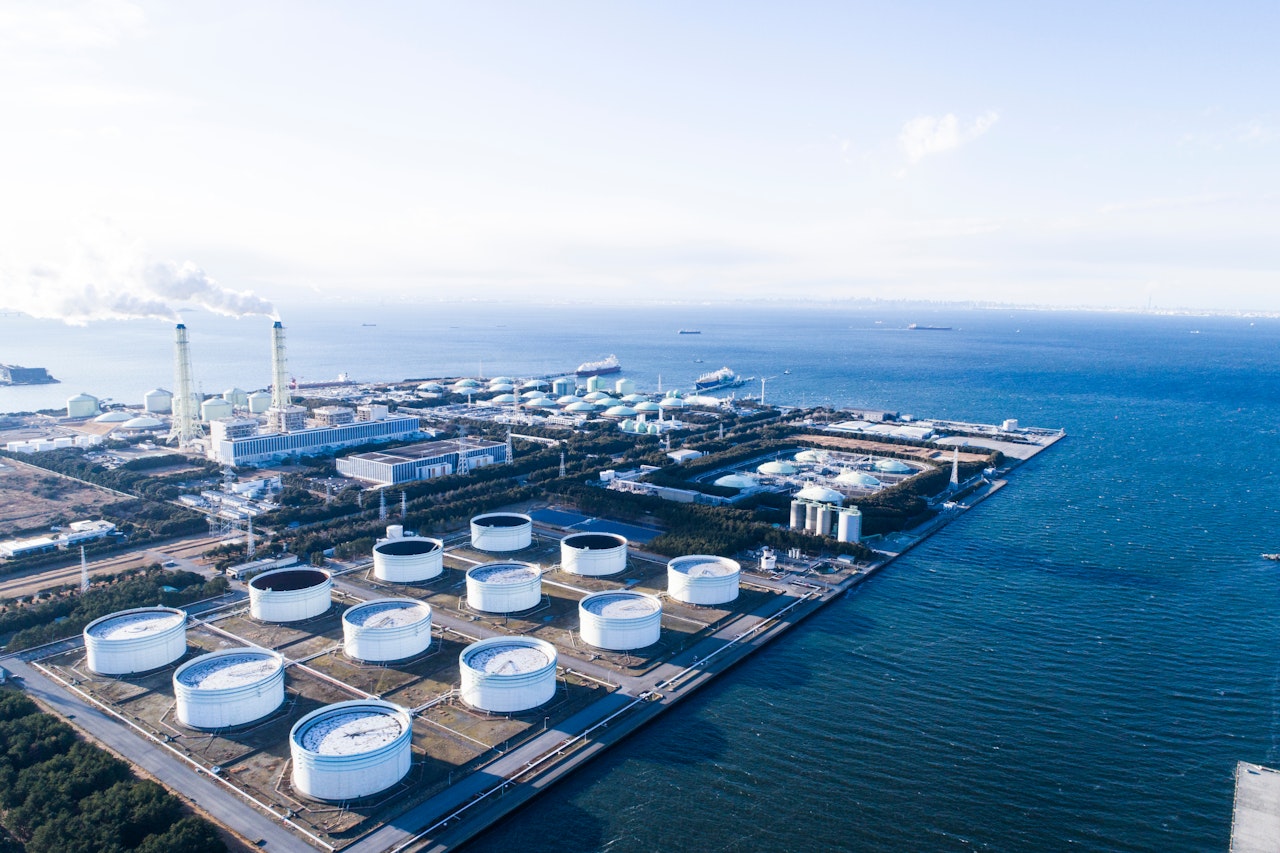Gas Market Report, Q2-2023

About this report
Pressure on the European and global gas markets has eased since the beginning of 2023 due to favourable weather conditions and timely policy actions. By the end of Q1 2023 European hub and Asian spot liquefied natural gas (LNG) prices had fallen below their summer 2021 levels, albeit remaining well above their historic averages. The steep decline in natural gas demand reduced the need for storage withdrawals in Europe and the United States over the 2022/23 winter. As a result, storage sites closed the heating season1 with inventory levels standing well above their five-year average. This is expected to reduce injection demand during the summer of 2023, and potentially ease market fundamentals.
The improved outlook for gas markets in 2023 is no guarantee against future volatility and should not be a distraction from measures to mitigate potential risks. Global gas supply is set to remain tight in 2023 and the global balance is subject to an unusually wide range of uncertainties. These include adverse weather factors, such as a dry summer or a cold Q4, lower availability of LNG and the possibility of a further decline in Russian pipeline gas deliveries to the European Union.
This new issue of the quarterly Gas Market Report provides an overview of recent gas market developments during the 2022/23 heating season, with a forecast for 2023.
References
The heating season (or gas winter) in the markets of the Northern Hemisphere refers to the period between 1 October and 31 March.
Reference 1
The heating season (or gas winter) in the markets of the Northern Hemisphere refers to the period between 1 October and 31 March.